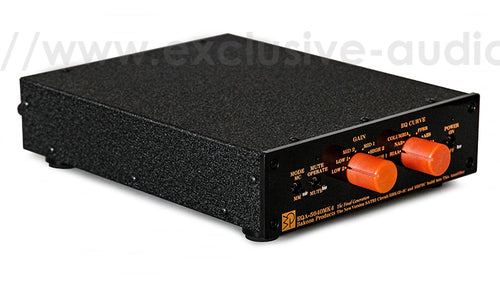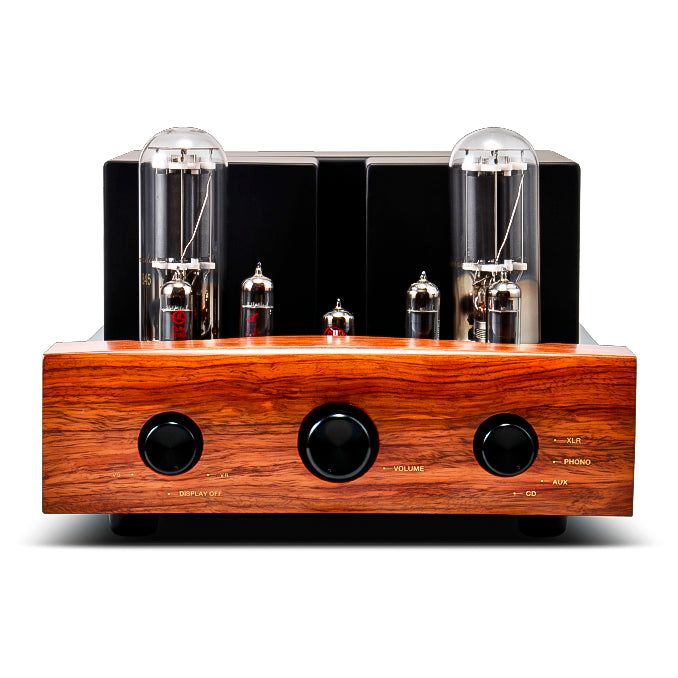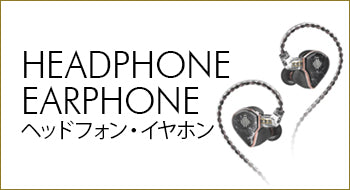Bakoon ProductsFrom half size amplifier seriesPhono Equalizer Amplifier EQA-5640The latest MK4 has arrived! !
EQA-5640MK4 is here
https://www.exclusive-audio.jp/shop/products/detail.php?product_id=741
CAP-1004 is here
https://www.exclusive-audio.jp/shop/products/detail.php?product_id=589
The already popular CAP series multi-curve phono equalizerCAP1004Similarly, the model has been changed with five types of old equalizer curves other than the world-standard equalizer curve RIAA.
CAP-1004The major differences are the high quality of each component, the analog power supply and SATRI-LINK of a large capacity toroidal transformer, six gain settings that are compatible with a wide range of MM/MC cartridges, and the Bakuon original casing.
Looking at the old equalizer curves, the record industry until the 1950s was a mixture of various equalizer curves in addition to the RIAA curve, the current standard equalizer curve.
At the time, each record company set the standard for equalizer curves, and even for the same company, it may differ depending on the recording age.
However, if the equalizer curve is different for each record you want to listen to and the production year, if the phonoico settings are not supported in the first place, you won't be able to listen to music with proper sound, which would be inconvenient. It may be that it has become something like that. .
So, let's unify the equalizer curve so that everyone can listen to records with proper sound without worry (probably), and is now unified by the Recording Association of America (RIAA). .
This time's new BakuonPhonoico EQA-5640MK4This is where the key comes from. Most commercially available phono equalizer amplifiers should only support current RIAA curves, so when listening to old records from before the mid-1950s, you will be listening to them with a completely different setting and a sound that is far from the original.
That means it's more of a problem than sound quality.
EQA-5640MK4This is an equalizer amplifier with six curves: the current standard RIAA and the typical old equalizer curve NAB, COLUMBIA, FFRR, AES, and OLD RCA.

By using these six different equalizer curves, you can enjoy the original sound of your latest records and vintage discs! ! This is the item.
When I listened to records from the 1950s and 1960s using this phonoico, I found that it was supposed to have been unified by RIAA around 1954.
For example, I have discovered that The Astrud Gilberto Album, which was recorded at RCA Studio in 1965, has much better sound and sound when listened to it at RCA than when listened to it at RIAA.
The RCA studio here was built in Hollywood in 1964, so I think it's just RIAA in the times, but perhaps the RCA curve albums recorded in the 1960s are better. .
Looking at it, it seems that some DECCA also recorded in the 1960s with FFRR.
I wonder if many records from the 1960s actually use original curves that were set before RIAA by record companies. One of the fun things about listening to it is to compare it.
In any case, this is an eye-opening item for analog fans who are listening to old records and want to hear the real sound of the vintage items they own.
Incidentally, overseasBakoon ProductsThe company's name has a very high reputation and its product reputation (so much so that it would be a lawsuit when the company's patent was filed without permission), and the CAP-1004 is a hot product that sells like crazy.
Click here for the product page
EQA-5640MK4 is here
https://www.exclusive-audio.jp/shop/products/detail.php?product_id=741
CAP-1004 is here
https://www.exclusive-audio.jp/shop/products/detail.php?product_id=589


























